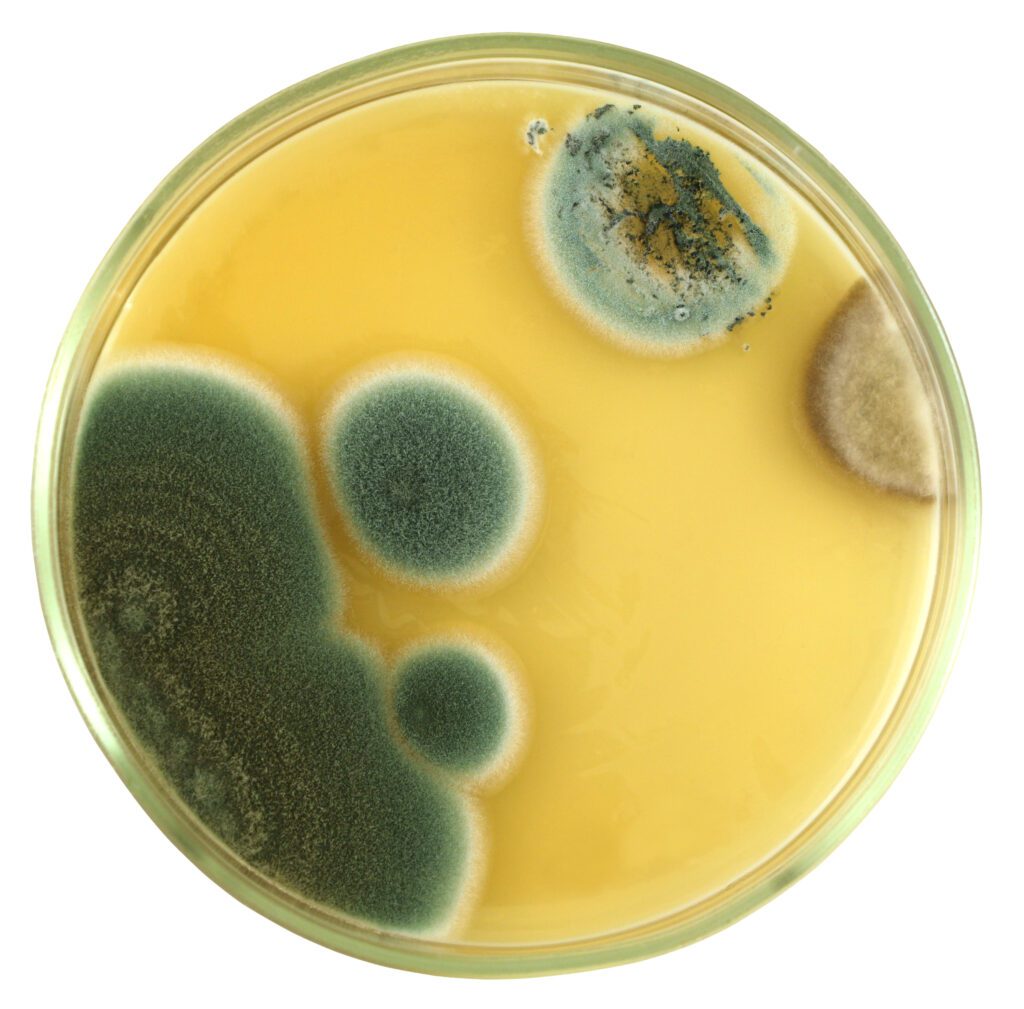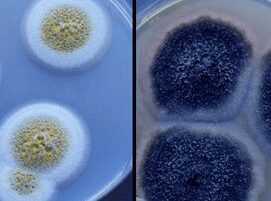Ask an Expert: Mold Color
By: Bill Hayward

Ask an Expert is an occasional feature where we pose a question submitted by readers to Healthy Home Director Carl Grimes and Healthy Building Scientist Joe Medosch.
Reader Question: Can I Tell What Kind Of Mold I Have By The Color? What Does The Color Of Mold Indicate?
You cannot tell the kind of mold by the color. Mold is identified by the structure and the characteristics of the spores and growth structures (morphology)*. Furthermore, the color of your actively growing mold indicates nothing about health risk and exposure.
A Few Simple Facts About Mold And Its Color:
Mold can be any color. While most mold growth is often black, grey, or greenish, it can be brown, purple, orange, pink, yellow, red, white, or even a combination of colors. The color of mold can be influenced by food source and humidity level, even light.

The same mold can be different colors in different conditions and can even change over time. The image on the left side of the photo on the left is fresh while the image on the right side is 3 days older.**
Mold color is irrelevant in determining toxicity. Mold growth that is black in color is not always producing mycotoxins and neither is mold growth of any other color. Assessing the “risk” based only on the color of mold growth will lead to incorrect conclusions.
You should pay attention to mold of any color. Active mold growth means there is, or has been, a source of moisture. The moisture source must be identified and stopped.
The presence of visible mold growth and your personal reaction is more important than color. Sensitivity to mold and severity of reactions varies from person to person, even between people living in the same household. How you react to mold is most important to your determining the need to take action.
The principles of mold removal are always the same regardless of mold color. First, identify and stop the cause of the excess moisture that is causing mold growth. Second, carefully physically remove the visible mold growth with methods that keep it close to the work location rather becoming airborne and circulating throughout the house. How you accomplish this, cleaning vs. removal of damaged items/materials, depends on the extent of mold growth, the water source (i.e., surface condensation, bulk water leak, material penetration, etc), and underlying damage, not on the color of the mold. The need for containment of the work area is determined by the potential for exposure, the occupant and size of the contaminated area.
